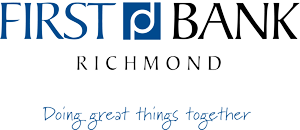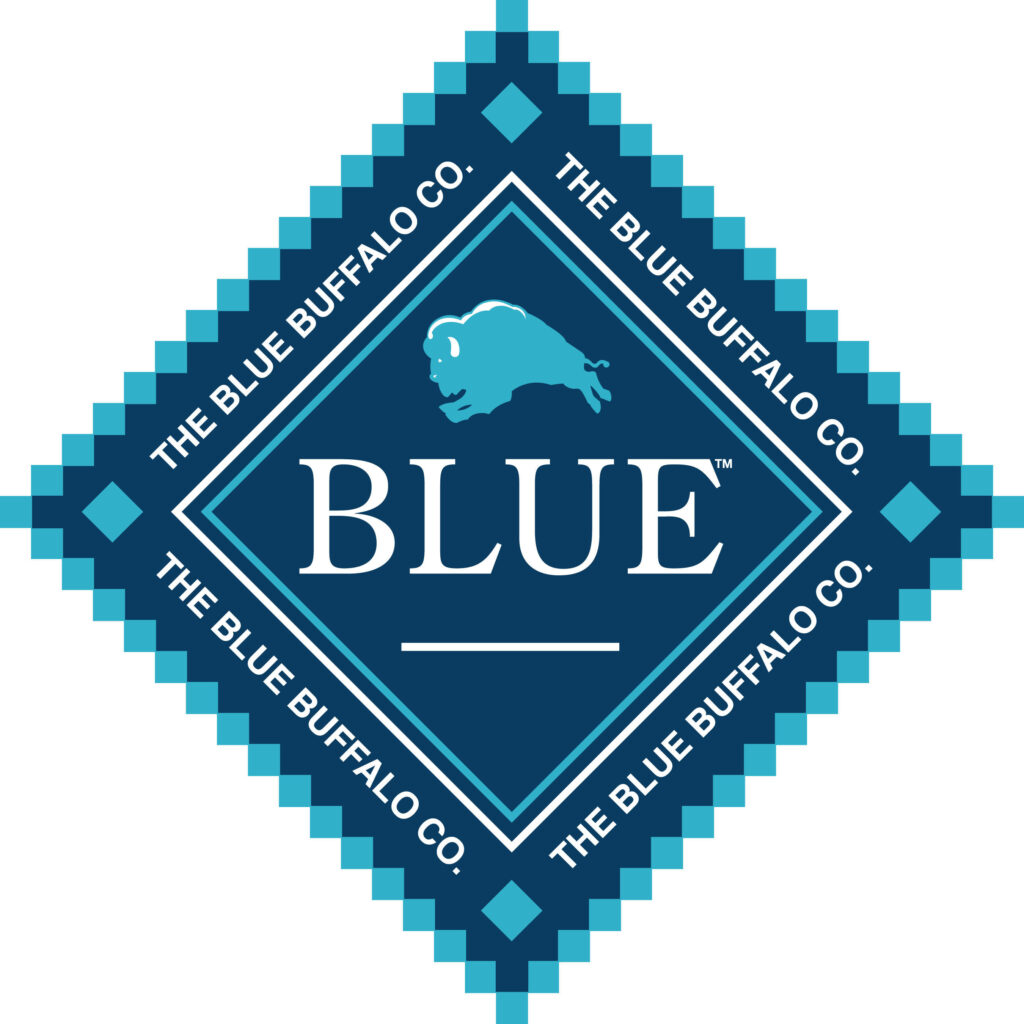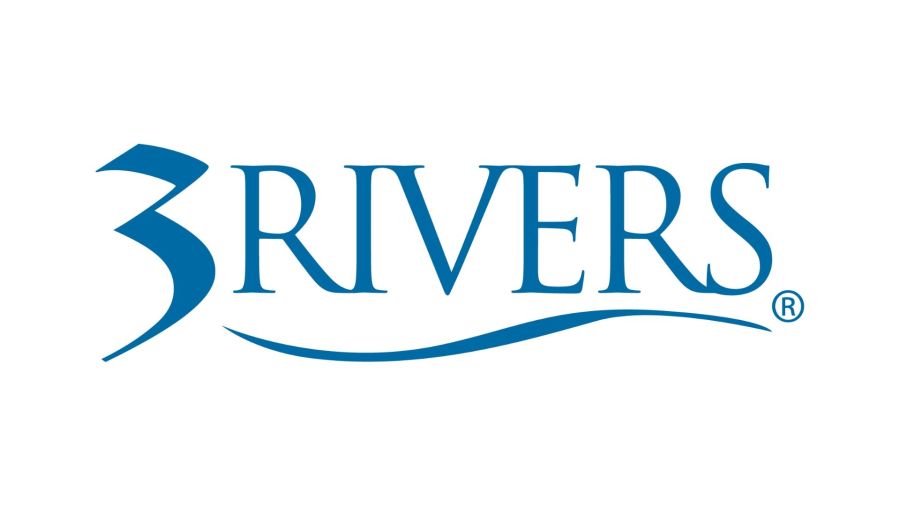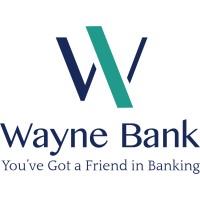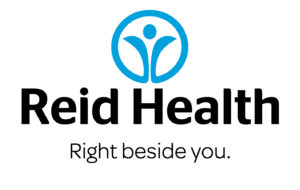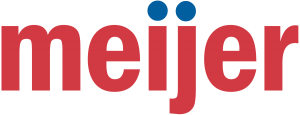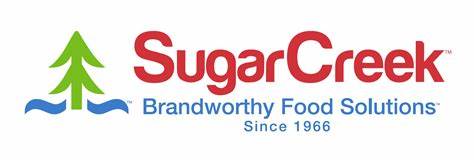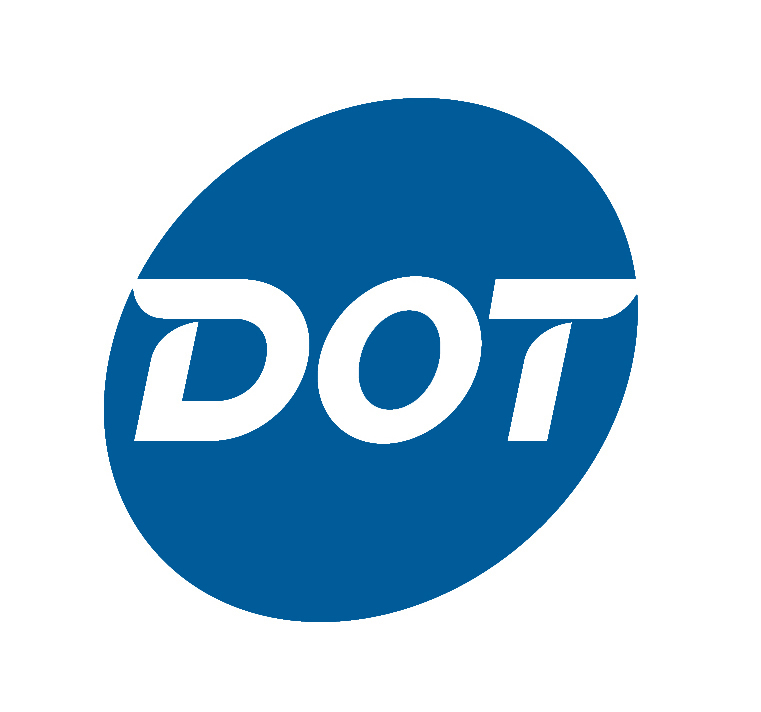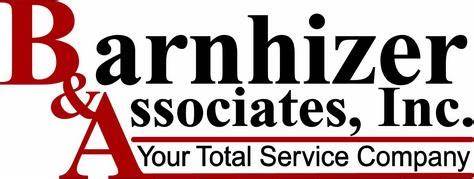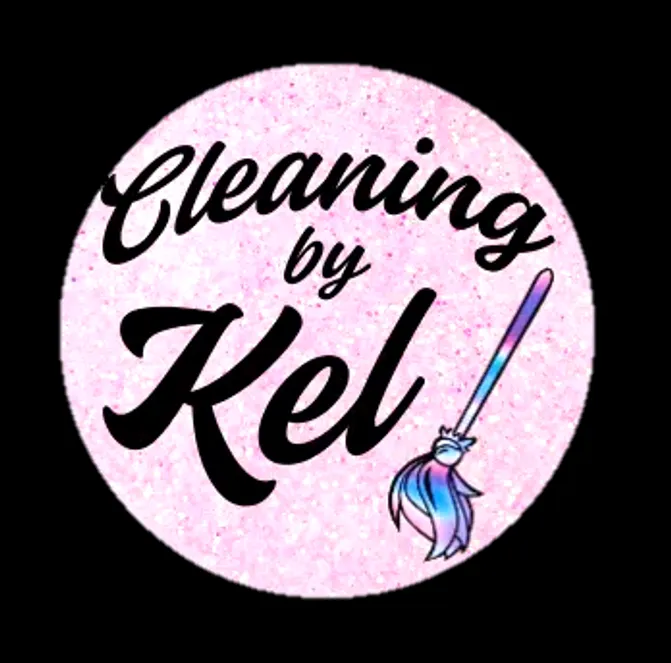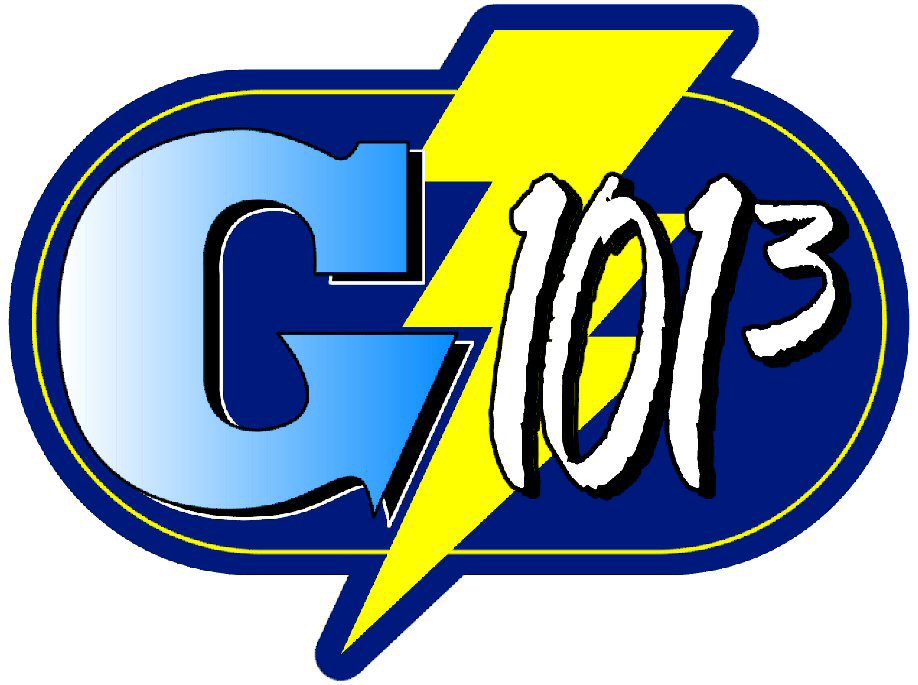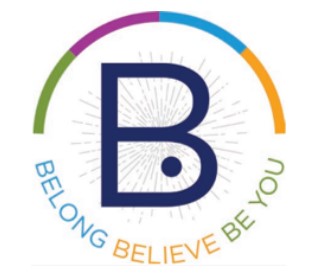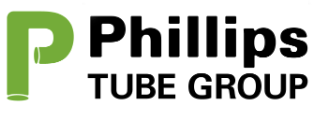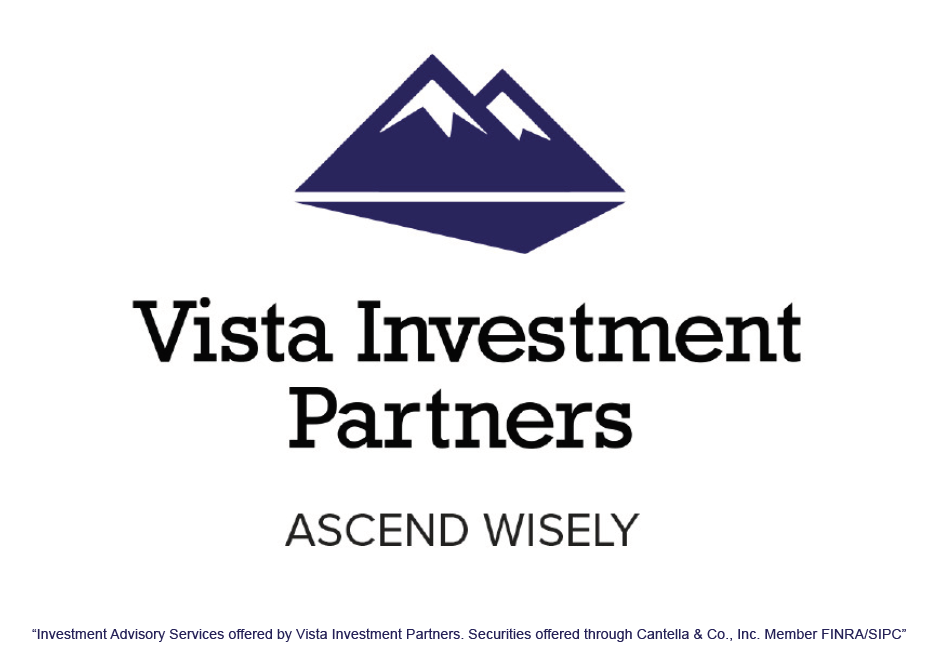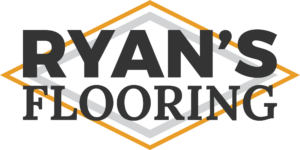Economic Literacy
She balanced her checkbook… and her life.
Girls learn about money and the economy, including how to manage, invest, and save money and how to help others through philanthropy. As girls explore how the economy affects everyone locally and globally, they develop skills critical to being financially savvy and to becoming economically independent adults.
Why is an economic literacy program for girls important?
Economic literacy—the ability to use basic economic concepts to make decisions about earning, saving, spending, and sharing money—is a skill. As with reading and writing, a working knowledge of basic economic concepts is essential for future success. Whether a girl is from a low-income or wealthy home, whether she lives in a rural or urban community, she is likely to work for pay for much of her adult life, and at some point in her life she is likely to be responsible for her own financial well-being. Girls tend to feel less confident than boys about managing money. Socially, girls tend to be taught that their role is to be the caregiver and nurturer while boys tend to be taught that they are to be providers, which includes managing finances. In turn, when girls grow up and earn wages, they are less likely to know how to manage their finances. It is critical that girls have the support and skills to enhance their financial competence and confidence and to help them exercise control over their financial future. Additionally, given long-standing gender disparity in pay and income, it is also critical that girls gain a sense of economic justice so that they can better understand and assert rights relevant not only to their own economic well-being, but also the economic well-being of all girls and women, their families, their communities, their country, and their world.

About the Program
The following core components give girls a foundation for an economically independent adulthood and an understanding of key economic concepts at the individual, family, community, national, and global levels and of the impact that girls can have.
She’s on the Money! (for girls ages 6 to 8) uses games, role playing, art projects, and field trips to build girls’ skills for identifying and counting money and to increase their understanding of basic concepts and topics such as using banks, saving for the future, planning for a career, differentiating between wants and needs, donating and volunteering, comparison shopping, taxes and government services, and global economics.
Dollars, Sense, and Me (for girls ages 9 to 11) further enhances girls’ understanding of economic and financial concepts and introduces additional topics and skills, including exchanging goods and services, investing in the stock market, entrepreneurship, budgeting, writing checks, and labor and management.
Equal Earners, Savvy Spenders (for girls ages 12 to 14) deepens girls’ knowledge about and appreciation for economic and financial topics covered by previous components. Additional skills and topics include loan options, risk versus return on investments, consumer tips, credit card use, labor laws, economic equity for women and girls, work-life balance, and global economics.
Futures and Options (for girls ages 15 to 18) prepares girls for entering the world of work by helping them examine topics such as attitudes and values about money, career strategies, economic justice and workers’ rights, paycheck deductions, responsible use of credit and avoiding predatory lenders, renting versus buying, and investing.
